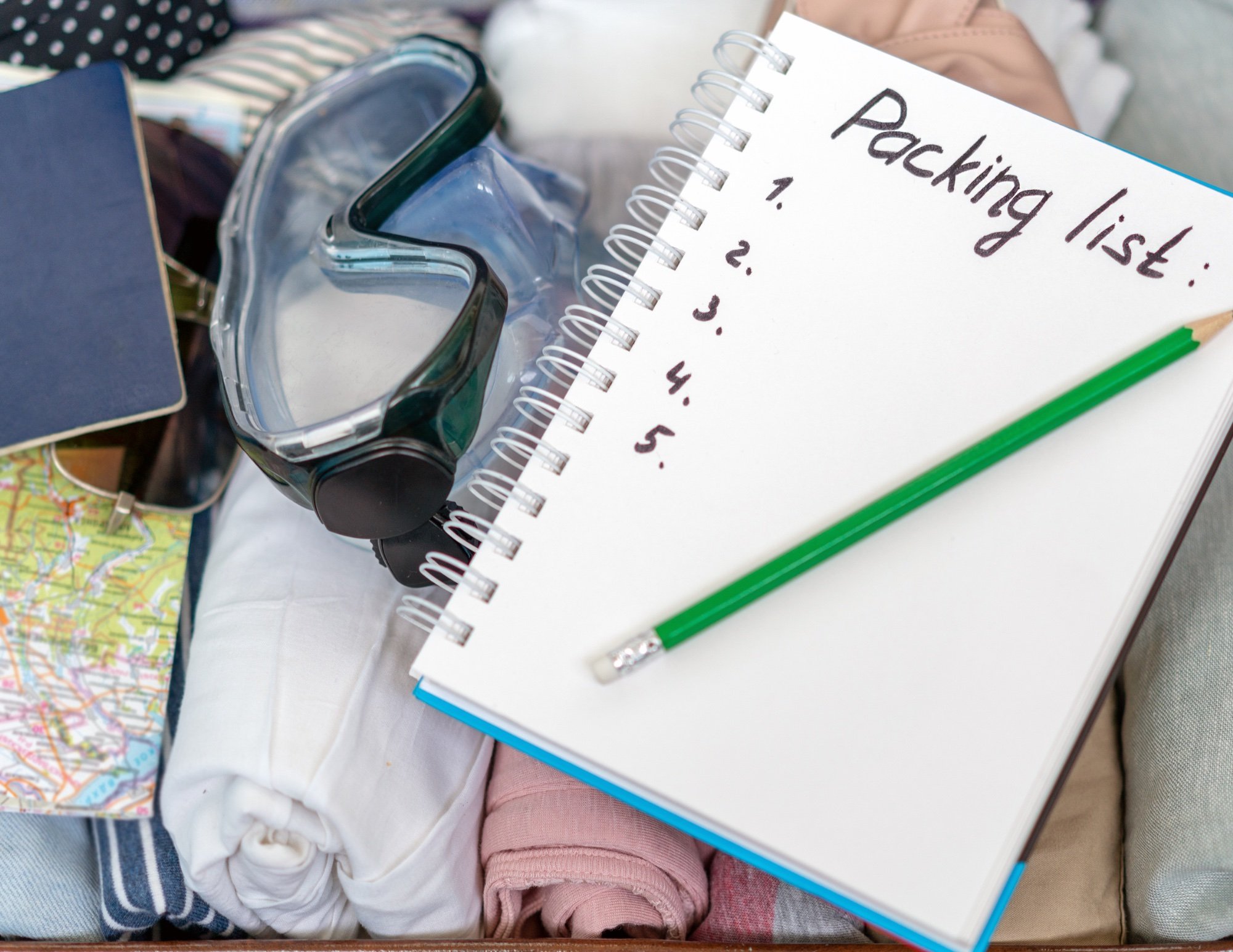From a very young age, students are asked “What do you want to be when you grow up?” Our little learners begin to uncover their life’s dreams and explore different career opportunities they may be interested in. Young students identify common occupations, like teacher, doctor, chef, and electrician. Sometimes, rather ambitious double occupations, like teacher/vet are named with admiration. And while it may be instinct to encourage students to limit their search to ONE full time job, the truth of the matter is that many professionals choose to explore careers throughout their life’s journey despite their prior knowledge or education. So, how can we equip little learners with the tools they need to explore these options and be successful despite their final career choices?
College and Career Readiness skills support a variety of tools and strategies related to organizational techniques, critical thinking, social-emotional intelligence, and a variety of life skills that ultimately promote executive functions. There are many benefits to using College and Career Readiness strategies throughout learning. These strategies focus on essential skills that support overall communication, problem solving, leadership, creativity, and responsibility.
Students can practice these skills in a variety of ways:
Practice structured note-taking while reading or a visual/auditory presentation of information
Analyze problems by discussing appropriate solutions that will be most effective
Use organizational tools like graphic organizers, planners, trapper keepers, desk organizers, color coding information, and other organizational systems
Discuss important feelings and emotions to expand emotional intelligence
Engage with mindfulness activities
Many schools are adopting programs, such as AVID (Advancement Via Individual Determination) that incorporate College and Career Readiness skills into their curriculum, resources, and daily routine. Schools can support little learners by taking time in their busy days to explicitly learn essential skills required for successful job application. Additionally, using classroom jobs, homework planners, and daily routines will help students develop organizational and responsibility skills. Implementing social-emotional curriculums, morning meetings, or daily discussions can help students expand their social emotional intelligence. Schools may also choose to incorporate project based learning opportunities to develop citizenship and problem solving skills. Classrooms may also support their college and career readiness by creating collaborative work environments, using student-led opportunities (conferences, meetings, presentations) to address personal/academic challenges and strengths, and educational field trips to explore opportunities. Career Day is a great opportunity to explore different options and start promoting career inquiry. It is also a great way for families to engage by discussing their educational backgrounds and careers.
While college exploration is valuable, it is equally important for these structures to include career exploration so that students understand their options and the essential skills needed to be successful in both areas. For example, as students continue their education, teachers often hear “I’m not going to college so this doesn’t matter”. From a young age, students need to have access to important strategies that will help them as they embark on their exploration of career interests. Not only will these skills support academic success, they will also give students the appropriate tools needed to be successful in day-to-day life, workplace environments, educational settings, and self-management.
Written by Ami Z.




















